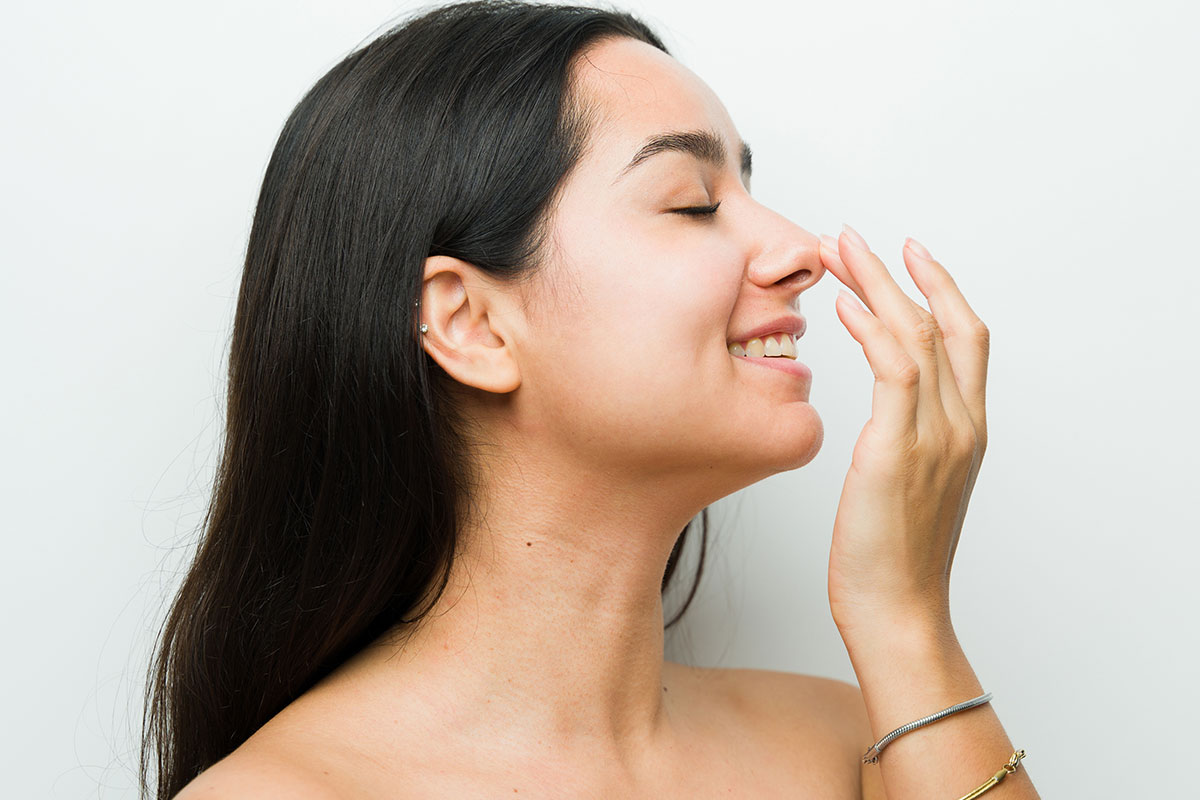When you’ve undergone rhinoplasty, your results depend not just on the surgical precision but on how well you care for yourself afterward. Proper aftercare is a key factor in ensuring your nose heals correctly, maintains its intended shape, and looks as natural as you envisioned. Every small decision, from how you sleep to what you eat, can influence the outcome.
At Dr. Anthony Bared’s Miami practice, patients receive personalized care from a double board-certified facial plastic surgeon specializing in facial aesthetics and reconstructive surgery. Dr. Bared’s goal is not only to deliver exceptional results but to ensure you have the tools to recover safely. This guide walks you through what to expect, what to do, and what to avoid after rhinoplasty.
Recovery Timeline After Rhinoplasty
The First 24 Hours
The initial 24 hours after your rhinoplasty are all about rest and stabilization. You’ll likely experience swelling, bruising, nasal congestion, and mild discomfort: these are normal. Keep your head elevated while sleeping or resting, ideally with extra pillows or a wedge pillow, to help minimize swelling. It’s also wise to have someone stay with you during this period to assist with meals, medication, and movement. Avoid touching your nose, and follow your surgeon’s instructions regarding wound care and medication schedules carefully.
Week 1: Early Healing and Rest
During the first week, your body begins to adjust to its contours. You may still have external splints or internal supports to stabilize the nasal structure. Bruising and puffiness often peak around day three or four, then gradually subside. This is not the time to push yourself: avoid work, exercise, or any strenuous activities. Continue sleeping with your head elevated, and use cool compresses to reduce swelling. Dr. Bared’s patients typically have their first follow-up appointment during this stage to monitor healing and remove splints or stitches.
Weeks 2-3: Visible Improvement
By the second and third weeks, swelling and bruising start to fade noticeably, and most patients feel comfortable returning to work or social activities. You may notice that your nose still appears slightly swollen, particularly in the morning, but this is part of the normal healing process. Avoid heavy lifting, bending over, or activities that raise blood pressure to prevent increased swelling. Continue to follow Dr. Bared’s recommendations for moisturizing the nasal passages.
Weeks 4-6: Getting Back to Normal
By the one-month mark, much of your swelling should have diminished, revealing an early glimpse of your new shape. At this stage, you can typically resume light physical activities, such as walking or gentle stretching, but you should still avoid high-impact exercise or contact sports. Be mindful of protecting your nose from accidental bumps or sun exposure. Swelling can fluctuate for several months, especially in the morning, so patience remains key.
Months 2-3: Refinement and Adaptation
Between the second and third month, your face will begin to look and feel more natural. The majority of swelling will have resolved, allowing your nose to blend seamlessly with your facial features. Emotionally, this is when many patients start to fully embrace their new appearance. Continue to attend your follow-up visits with Dr. Bared so he can evaluate your progress.
Up to 1 Year: Final Results
Complete healing after rhinoplasty can take up to a year, as subtle internal swelling continues to subside and nasal tissues refine into their final contour. During this period, you must remain gentle with your nose: avoid trauma, sunburn, or pressure from glasses or sunglasses. Protecting your results now ensures lasting harmony and balance for years to come.
Do’s and Don’ts After Rhinoplasty
Do’s:
- Do keep your head elevated when resting or sleeping
- Do use cold compresses to reduce swelling and discomfort
- Do stay hydrated and maintain a nutrient-rich diet to support healing
- Do clean your incisions as directed with cotton swabs or saline spray
- Do attend all follow-up appointments with Dr. Bared to monitor your progress
- Do take only prescribed or approved medications for pain and inflammation
- Do wear sunscreen and limit sun exposure to prevent discoloration or swelling
- Do rest adequately and give your body time to recover naturally
- Do keep your nasal passages moist using a saline spray to ease dryness
- Do reach out to Dr. Bared if you experience unusual pain, bleeding, or signs of infection
Don’ts:
- Don’t smoke or vape, as nicotine can delay or compromise healing
- Don’t take blood-thinning medications or supplements unless approved by your surgeon
- Don’t touch, bump, or blow your nose during the initial healing period
- Don’t wear glasses or sunglasses that rest on the nose bridge until cleared to do so
- Don’t engage in strenuous exercise, bending, or heavy lifting for at least two weeks
- Don’t expose your face to direct sunlight or tanning beds during recovery
- Don’t consume alcohol in the early healing stages as it can increase swelling
- Don’t skip follow-up appointments, even if you feel fully healed
Recovering from rhinoplasty requires patience, but the reward is worth it. Each phase of healing brings you closer to your desired look, and following proper aftercare ensures lasting results.
Dr. Anthony Bared, double board-certified in facial plastic surgery, has guided countless patients through this process. If you’re preparing for or recovering from rhinoplasty, trust that with the right care and guidance, your results will continue to refine beautifully over time. Contact us to schedule a consultation today.


